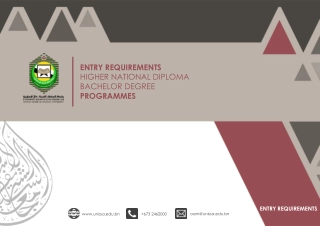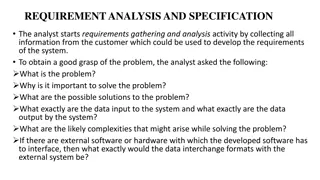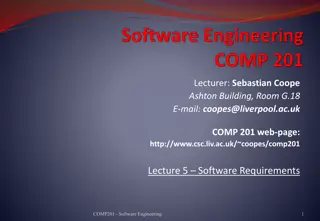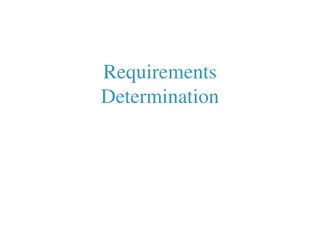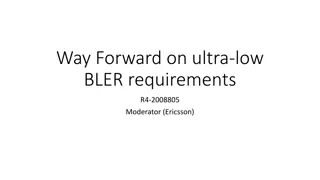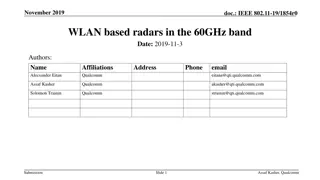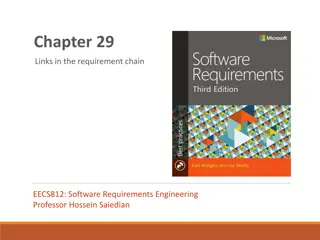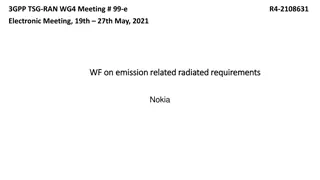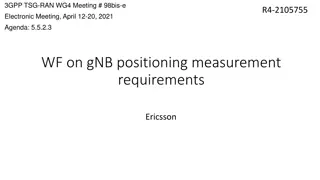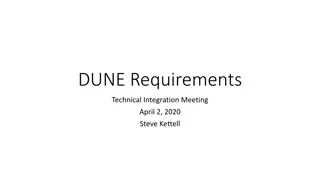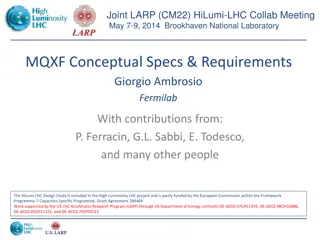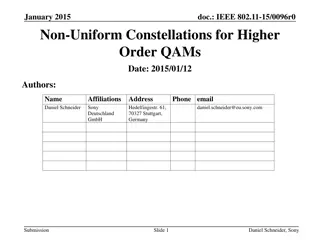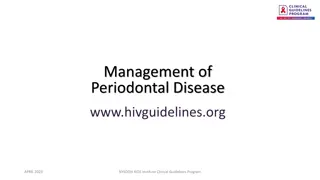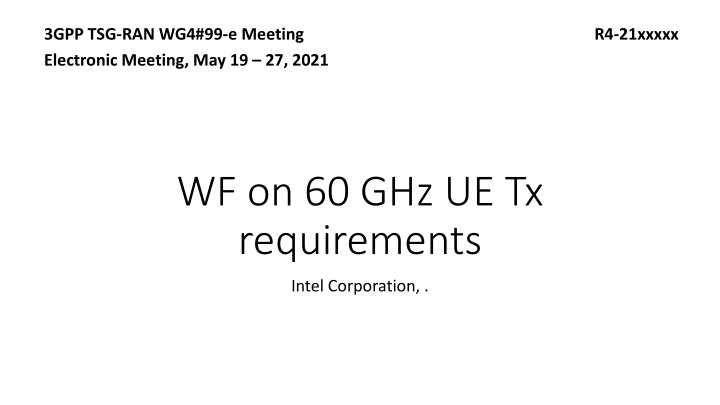
60GHz UE Tx Requirements Discussion Summary
"Explore proposals for UE power classes, Tx power limits, UE types prioritization, and regulatory limits in the 60GHz frequency band at the 3GPP TSG-RAN-WG4#99-e meeting. Companies provide inputs on EIRP, TRP, PSD, and initial access power control for unlicensed and licensed operations."
Download Presentation

Please find below an Image/Link to download the presentation.
The content on the website is provided AS IS for your information and personal use only. It may not be sold, licensed, or shared on other websites without obtaining consent from the author. If you encounter any issues during the download, it is possible that the publisher has removed the file from their server.
You are allowed to download the files provided on this website for personal or commercial use, subject to the condition that they are used lawfully. All files are the property of their respective owners.
The content on the website is provided AS IS for your information and personal use only. It may not be sold, licensed, or shared on other websites without obtaining consent from the author.
E N D
Presentation Transcript
3GPP TSG-RAN WG4#99-e Meeting R4-21xxxxx Electronic Meeting, May 19 27, 2021 WF on 60 GHz UE Tx requirements Intel Corporation, .
UE power class framework Agreement: Power classes will be a package of four parameters Minimum peak EIRP EIRP spherical coverage Maximum TRP Maximum EIRP (regulatory defined, captured for reference) FFS whether EIRP PSD limit needs to be included
Tx Power classes for spec Proposal 1: to adopt the maximum EIRP/TRP and PSD in ETSI EN 303 753 for UE power class definition in unlicensed operation; Proposal 2: to start with maximum TRP/EIRP in the existing TS 38.101-2 PC3 for UE power class definition in licensed operation; Proposal 3: For an unlicensed NR band adopt the power limits given in Table 2 as a baseline (R4-2110686) Proposal 4: Further discuss which, if any, of the existing power classes in 38.101-2 can be reused for an unlicensed NR band or a new power class is needed. As basis for power class definition, it is beneficial to discuss what are representative antenna array sizes in this frequency range. Proposal 5: Postpone discussing RF output limits for a licensed band until spectrum and regulations becomes available. Agreement: TBD Most companies are ok with proposal 4
UE types Agreement: Prioritize handheld and fixed wireless access terminal types Discussions can happen in parallel LGE: As indicated in our round#1 response we cannot agree the prioritization of handheld and FWA only. We do not see a need to select the priorities at this point in time and propose to remove this slide
Regulatory limits Further discussion and review is needed Alignment on which values to include is encouraged Review content available in TR38.805, and latest ETSI EN 302 567, ETSI EN 303 722, and ETSI EN 303 753 documents Other relevant sources are not precluded Max EIRP Discuss whether to include peak EIRP, or avg/mean EIRP Max TRP Consider whether 23 dBm can continue to used Maximum spectral power density (EIRP) Review latest applicable limits (23 dBm/MHz, 13 dBm/MHz) Discuss whether this limit needs to be included Companies are encouraged to share their views of current proposals, current regulatory limits and provide further inputs during the next RAN4 meeting
Initial access power Whether UE open loop power control can always be set to Pmax during the initial access Proposals Option 1: Agree UE initial access power is set at Pmax (Apple, MediaTek) Option 2: This is RAN1 issue (Ericsson, Intel, Qualcomm, Nokia, LGE) Agreement: TBD
Maximum UL modulation order Higher order modulation would result in challenging RF requirement, i.e., ACLR, due to RF impairments in 60 GHz, and RAN4 needs to consider a reduced max UL modulation order compared to FR2 To decide the max UL modulation order, companies are encouraged to study the following: MPR analysis for different modulation schemes Link level performance comparison of achievable throughput for different modulation schemes for high SNR region Optionality of 64 QAM is FFS, depending on the outcome of the above study
References R4-2107672, NR_ext_to_71GHz_Part_2, Qualcomm (moderator), RAN4 #99-e, May 2021 Email discussion summary for [99-e][146]


